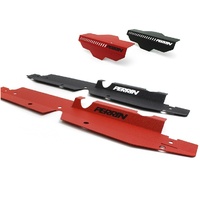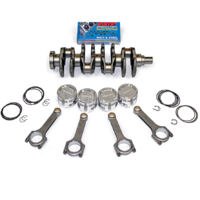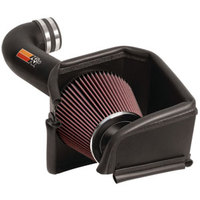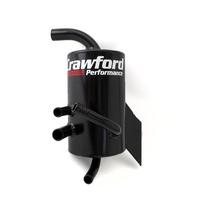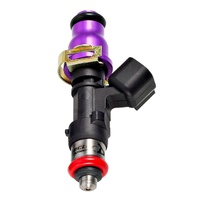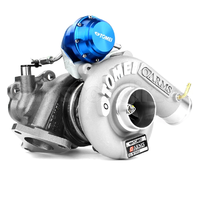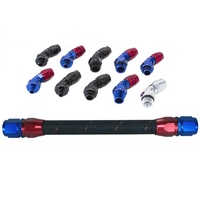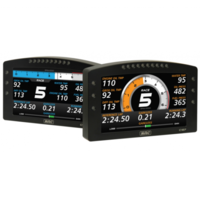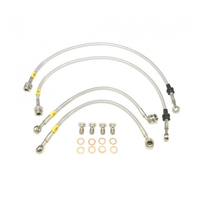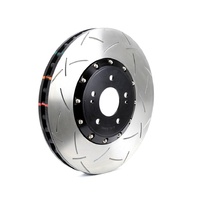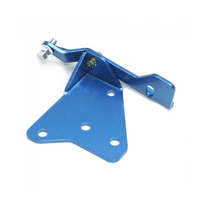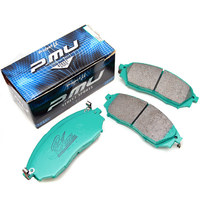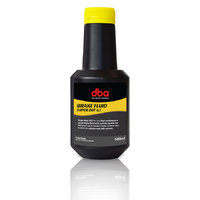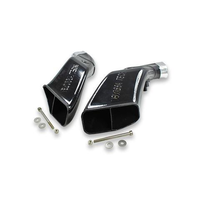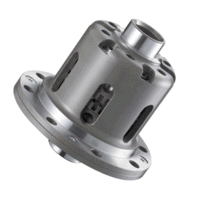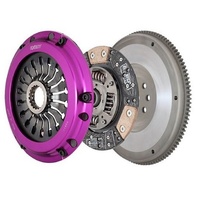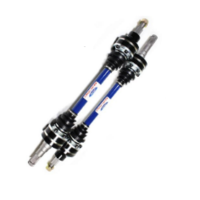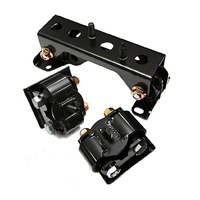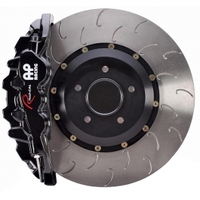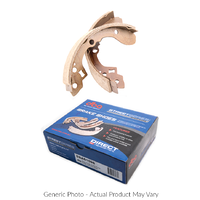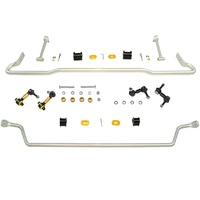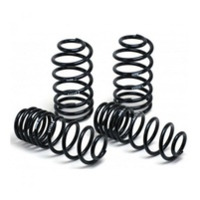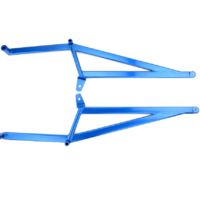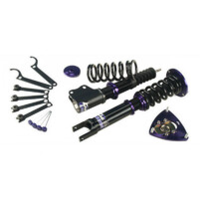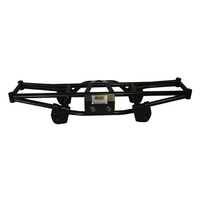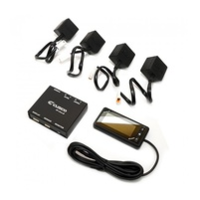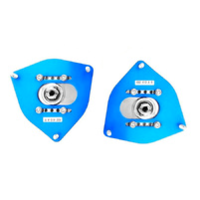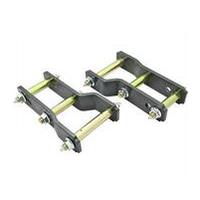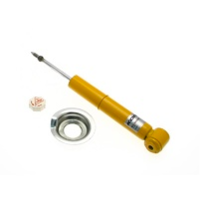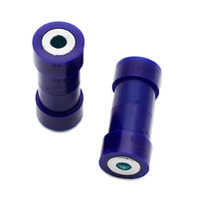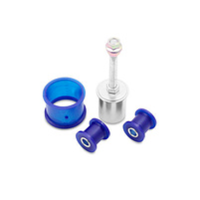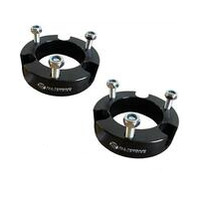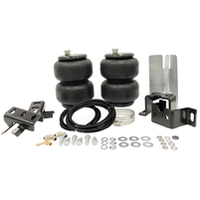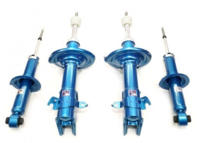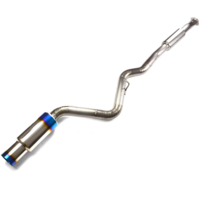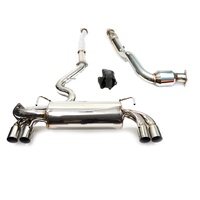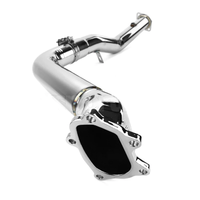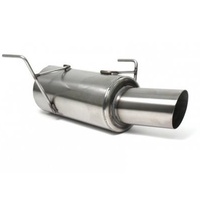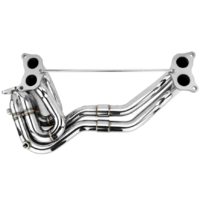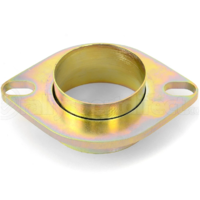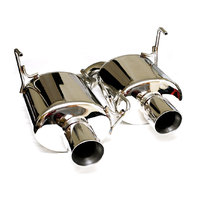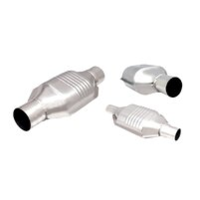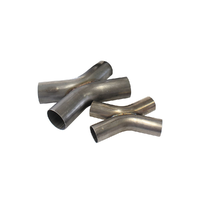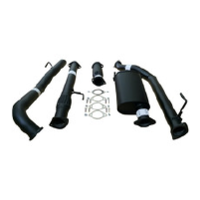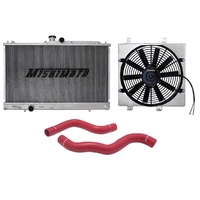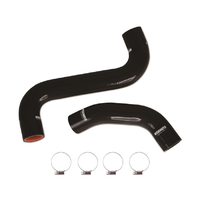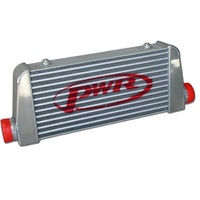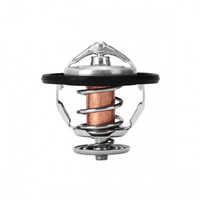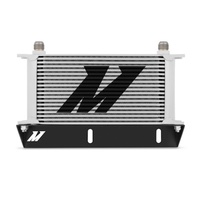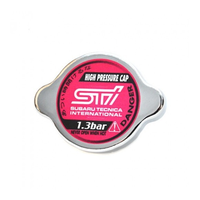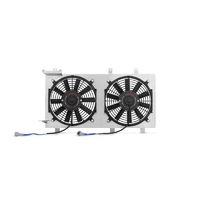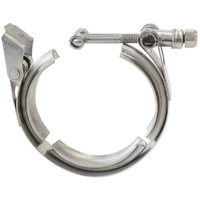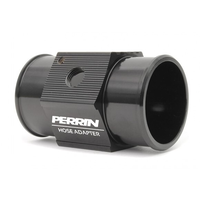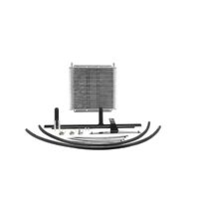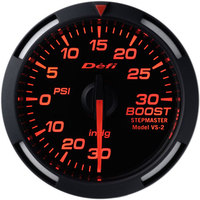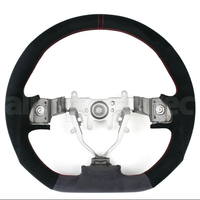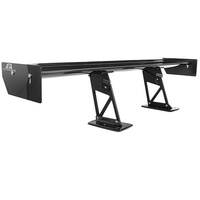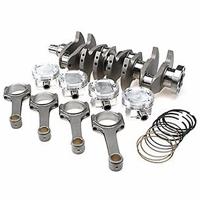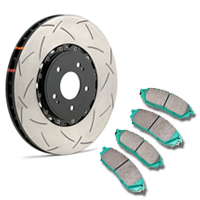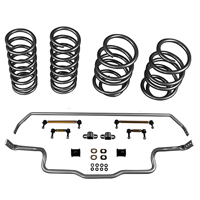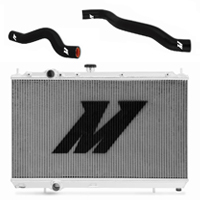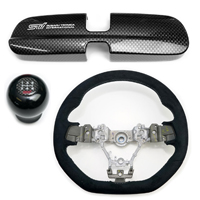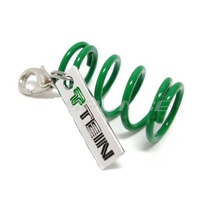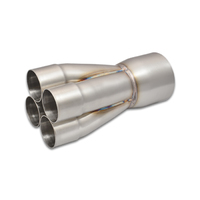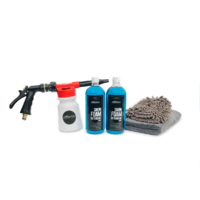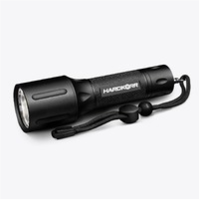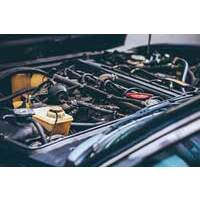No matter how high-performing or reliable your specific car model is, all cars are susceptible to their fair share of issues. Whether you consider yourself a car expert or want to be prepared if your car breaks down, you’ve come to the right place.
A common fuel injection systems issue is temperamental fuel pump relays. A fuel pump relay supplies the voltage required to pump fuel into your car engine — insufficient voltage can stall your car.
While fuel pump relays are essential to your car’s safe operation, rest assured you can safely bypass your fuel pump relay if your car breaks down. This helpful blog will talk you through the correct process to safely bypass your relay.
Can you bypass a fuel pump relay?
In short, yes. Bypassing the fuel pump relay ensures your car’s electrical systems run smoothly before getting a new relay. After all, bypassing the fuel pump relay is only a temporary fix to get your car up and running again. For more of a long-term solution, we recommend having a technician repair or replace your fuel pump relay. Before we discuss how to bypass a fuel pump, let’s look at the symptoms of a bad fuel pump relay.
What are the signs of a bad fuel pump relay?
While your car failing to start can be stressful, the positive is that a malfunctioning fuel pump is easy to spot. A bad fuel pump relay will cause the following symptoms in your car:
- Engine fails to start or stalls — With no power supply to your fuel pump, the engine can malfunction due to insufficient fuel for operation.
- Lack of noise from the fuel pump — If you don’t feel that priming vibration when you start your engine, it’s a telltale sign your fuel pump relay is faulty.
- A flashing check engine light (CEL) — If the fuel pump is faulty, no pressure in the supply line will cause the engine control unit (ECU) to light up the check engine light (CEL) on your dash. Seek advice from your technician to ensure the safety of yourself and others while operating your vehicle.
How do you bypass a fuel pump relay?
Here are the initial steps to take before bypassing your fuel pump relay:
Before you bypass the fuel pump relay:
- Gather the necessary tools — Collect your single jumper wire, a three-jumper wire, a screwdriver, a solder, a soldering machine, a pair of scissors, a nut driver, a lighter, two screwdrivers, a soldering gun, and electrical insulation tape.
- Ensure your car is in an empty location — Relocate your car to a safe area and switch off the engine to prevent any electrical shocks or harm to your car’s parts.
- Remove the battery — Disconnect the negative cable and remove your car battery.
How to bypass a fuel pump:
Now that you have your tools, you can use several methods to bypass your fuel pump, depending on your car model. If your car already has a relay plugged into the IPM, you can use a single jumper wire to bypass it. If your car’s fuel pump relay is inside the IPM’s circuit board, you’ll need a three-jumper wire for a bypass.
We will now take a closer look at how to employ each of these methods:
- A single jumper wire
A single jumper wire is the easiest way to bypass your fuel pump relay. Simply identify the relay and unplug it from its socket. Replace it by inserting one end of the single jumper wire into one of the sockets and the other end of the jumper wire into the other socket. Return the battery and start the car.
- A three-jumper wire
Using a three-jumper wire is far more complex and should only be undertaken if you have experience operating engines. Any mistake can cause severe damage to your vehicle. We suggest seeking a technician's support if your car requires a three-jumper wire bypass. However, if you are experienced in the task, here are some handy steps to follow:
- Unhook the IPM power cable and relay cable — Use a nut driver to disengage these cables to navigate the IPM.
- Open the IPM’s interior — With extreme care, open the IPM using the support from two screwdrivers to help pull it up.
- Pull out the 40 and 50-pin connectors — Locate the 40-pin connector at the bottom of the circuit and the 50-pin connector at the top of the circuit board and unplug them.
- Disengage the brown wire — Use a pair of scissors to disengage the brown wire on the 40 from the pin connector at its tip. Use a lighter to peel its head and join it to the brown wire of the three-jumper wire.
- Join the blue and pink wires in the 50-pin connector — Join the blue and pink cables in the 50-pin connector to the blue and pink cables in the three-jumper wire. To do so, peel a small section of the pink cable with a razor blade and connect the pink cable from the three-jumper wire to the peeled area.
- Secure the connection — Return the 40 and 50-pin connectors to their sockets and the IPM power cable and relay cable to their position. Use a screw to hold the relay to the car’s wall. Tie the three jumper wire to one of the circuit cables, so the connection does not disengage when the car vibrates. Return the battery and connect its cables, starting with the negative cable first.
- Start your engine! — It’s finally time to start your car! If the engine is running smoothly, the process has been successful. This means you can close the IPM carefully to avoid interrupting the connection.
Car Mods Australia — your one-stop shop for fuel pumps from the experts
Whether you can bypass a fuel pump, or you’ve decided to opt for the support of a technician, at Car Mods Australia, we have all the high-quality parts you need. We stock over 250,000 products from over 200 world-recognised brands. Explore our engines, fuel systems and fuel pumps to ensure your car performs optimally on the road. From fuel injectors to pressure regulators, fuel rails and other accessories, you can ensure your car’s fuel delivery system operates at its absolute best. If you have any questions, reach out to our expert team, who will be happy to help. We recommend exploring the range of Walbro fuel pumps, as well as our engines, fuel systems, and other components to ensure your car performs optimally on the road.
We recommend exploring the range of Walbro fuel pumps, as well as our engines, fuel systems, and other components to ensure your car performs optimally on the road.

